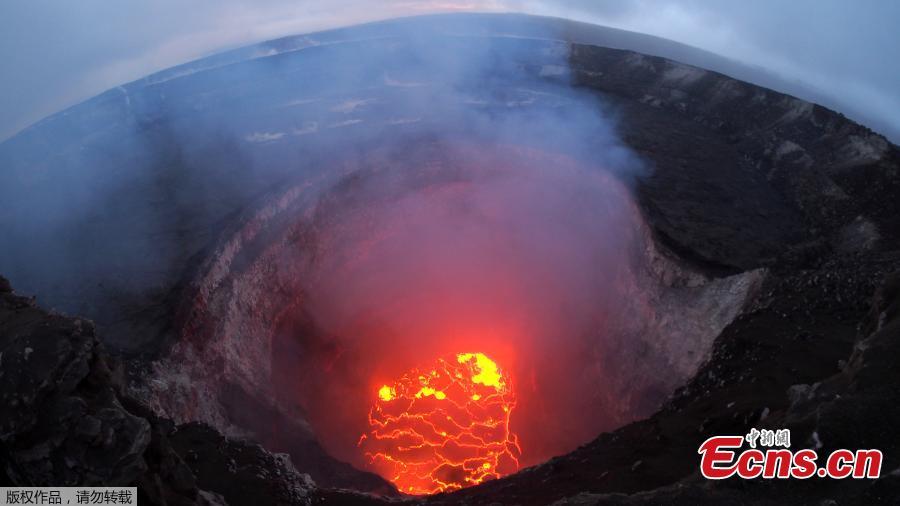Oil prices had a volatile trading session on Tuesday, and settled lower after U.S. President Donald Trump said the country will withdraw from the Iran nuclear deal.
In a televised speech, Trump announced the exit, adding he will not sign the waiver of nuke-related sanctions against Iran.
Trump repeated his tough stance on the deal, saying it had failed to prevent Iran from developing nuclear weapons or supporting terrorism in the region.
However, he did not specify the time frame or the scale of the sanctions to be restored.
The West Texas Intermediate (WTI) for June delivery lost 1.67 U.S. dollars to settle at 69.06 dollars a barrel on the New York Mercantile Exchange, while Brent crude for July delivery was erased 1.32 dollars to close at 74.85 dollars a barrel on the London ICE Futures Exchange.
IRAN NUCLEAR DEAL
Geopolitics have been in the limelight for quite some time in the global oil market.
Over the past week, the markets focused strongly on the United States' next move toward Iran.
Many market participants speculated that Trump would probably quit the Iran nuclear deal, and worried that reinstated sanctions could contribute to tighter global oil inventories, thus leading to higher prices. Such concerns supported oil prices.
On Monday, both WTI and Brent crude prices climbed to the highest in three years. WTI crude price topped 70 dollars for the first time since December 2014.
Iran is the third-largest oil producer in the Organization of Petroleum Exporting Countries (OPEC) and currently exports about 2.5 million barrels a day.
In the early session on Tuesday, however, oil prices plunged after media like CNN and CNBC cited sources, saying it may take months for the sanctions to take effect.
Analysts said that's because some investors were convinced that the worst of the market's fears -- severe sanctions at a fast pace -- will not come. Thus the market will not see a sharp decline in Iranian oil output.
OUTPUT DECLINES IN VENEZUELA
The recent oil prices rally was also fueled by steady and steep output declines in Venezuela.
According to estimates by Societe Generale, one of the leading financial services groups, Venezuelan crude output fell to 1.43 million barrels per day in April, down from 2.03 million barrels per day in July last year. The figure was also lower than that of January this year, which stood at 1.61 million barrels per day.
At recent decline rates, crude production in Venezuela will decline to around 1.0 million barrels a day by the end of this year, the financial group said.
"This is quite bullish, considering that Saudi Arabia has (so far) not been inclined to make up for the shortfall," Societe Generale said in its latest report which is published weekly.
Venezuela is a founding member of OPEC that has the world's largest proven reserves. It is South America's largest oil exporter and third-largest source of U.S. imported oil.
Analysts said possible imports ban of Venezuelan oil from the United States might result in a further decline of the South American country's oil output.
The United States has joined the European Union in asking Venezuela to postpone the presidential elections scheduled for on May 20. The United States is still considering whether or not to ban imports of Venezuelan oil.
SLOWER DEMAND GROWTH
While the market may see declining supply in the next few months led by geopolitical uncertainties, it may also see slower economic and oil demand growth.
"Slower growth could be driven by faster than expected central bank monetary tightening, due to concerns about inflation; it could also be driven by the adverse impacts of a continued escalation in trade tensions," according to the Societe Generale report.
Analysts said if geopolitical risks remain high for the rest of the year, oil prices may rise even higher.


















































